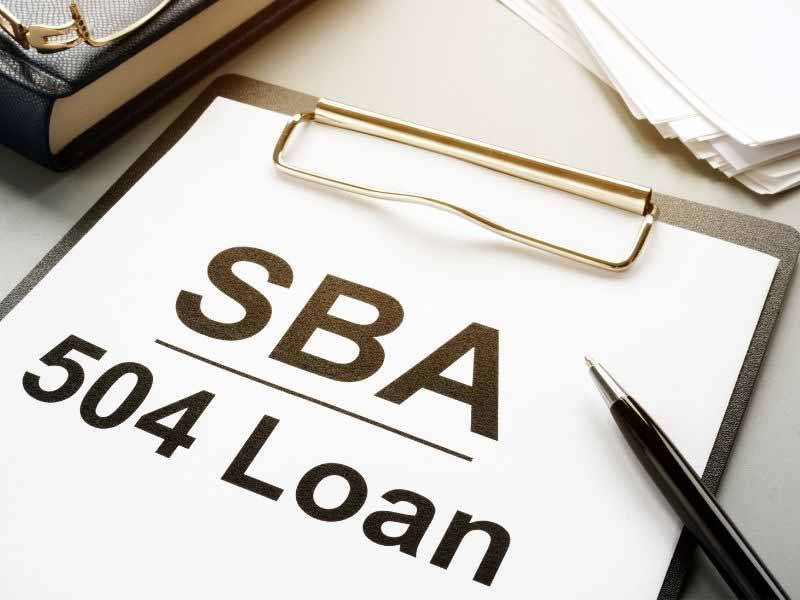An Overview of the SBA’s 504 Loan Program
The Small Business Administration’s 504 Loan program is a powerful economic development program that offers small businesses, such as laundromats, another avenue for business financing, while promoting business growth and job creation. This program has proven to be a win-win-win for small business, the communities they serve and participating lenders.
The loan program provides approved small businesses with financing to acquire fixed assets for expansion or modernization. These loans are made available through Certified Development Companies, or CDCs.
A CDC is a nonprofit corporation that promotes economic development within its community. Therefore, the requirements and loan structure are more favorable, and allow for a lower initial cash investment, longer terms and fixed interest rates, which can benefit a new laundry owner during the startup phase.
The 504 program enables a third-party lender, or TPL, to partner with a local CDC office for investors who would like to own the real estate and buildout the location into a laundromat. The owner/laundromat must occupy at least 51 percent of an existing building and at least 60 percent of a newly constructed building.
The first step is to determine the total cost of the laundromat project. The investor will need to have the purchase contract for the land and/or building, general contractor and subcontractor bids, and the equipment quote so that the TPL and the CDC are able to prepare a term sheet for the project. This will include the loan amount, the term, the rate and the monthly payment.
Eligible items that can be included in the total project costs include:
• Land purchase/land improvements
• Existing building purchase or construction of new building
• Laundry equipment
• Buildout of the laundromat
• Soft costs, including appraisal/environmental, title and recording fees, survey fees and some closing costs
• Ancillary equipment, such as bill changers, soap vendors, folding tables, card systems and so on
The TPL then will create and approve two loans – a permanent loan equal to 50 percent of the total project and an interim loan equal to 40 percent of the total project – both of which will work like construction lines of credit during the purchase and construction phase of the project.
At the same time, the CDC will approve its loan, equal to 40 percent of the total project and will be used to pay off the TPL’s interim loan about 120 days after the project is complete and the laundromat is open.
For an investor who has at least two years of laundromat ownership experience, the cash investment is typically 10 percent. That amount increases to 15 percent when the investor is brand new to the laundry industry with no laundry ownership experience, thereby reducing the SBA loan to 35 percent of the total project.
It’s important to note that when a project includes the purchase of real estate and/or the construction of a building, a mortgage will need to be recorded on the property. Given that, the TPL and the SBA must enlist the assistance of an appraiser, an environmental analyst, a title company and a closing attorney – all of which will add to the total project cost.
The appraisal and environmental report are required by both the TPL and SBA prior to approval, to confirm that the loan amounts meet the required loan-to-value ratio for the project. The TPL will assist with obtaining estimated costs and timelines, as well as with engaging both companies.
The TPL will manage the documentation and construction draws/loan fundings. Once all documentation requirements are met, a closing date will be set for all parties, and the investor can start drawing on the loans as needed to complete the project.












